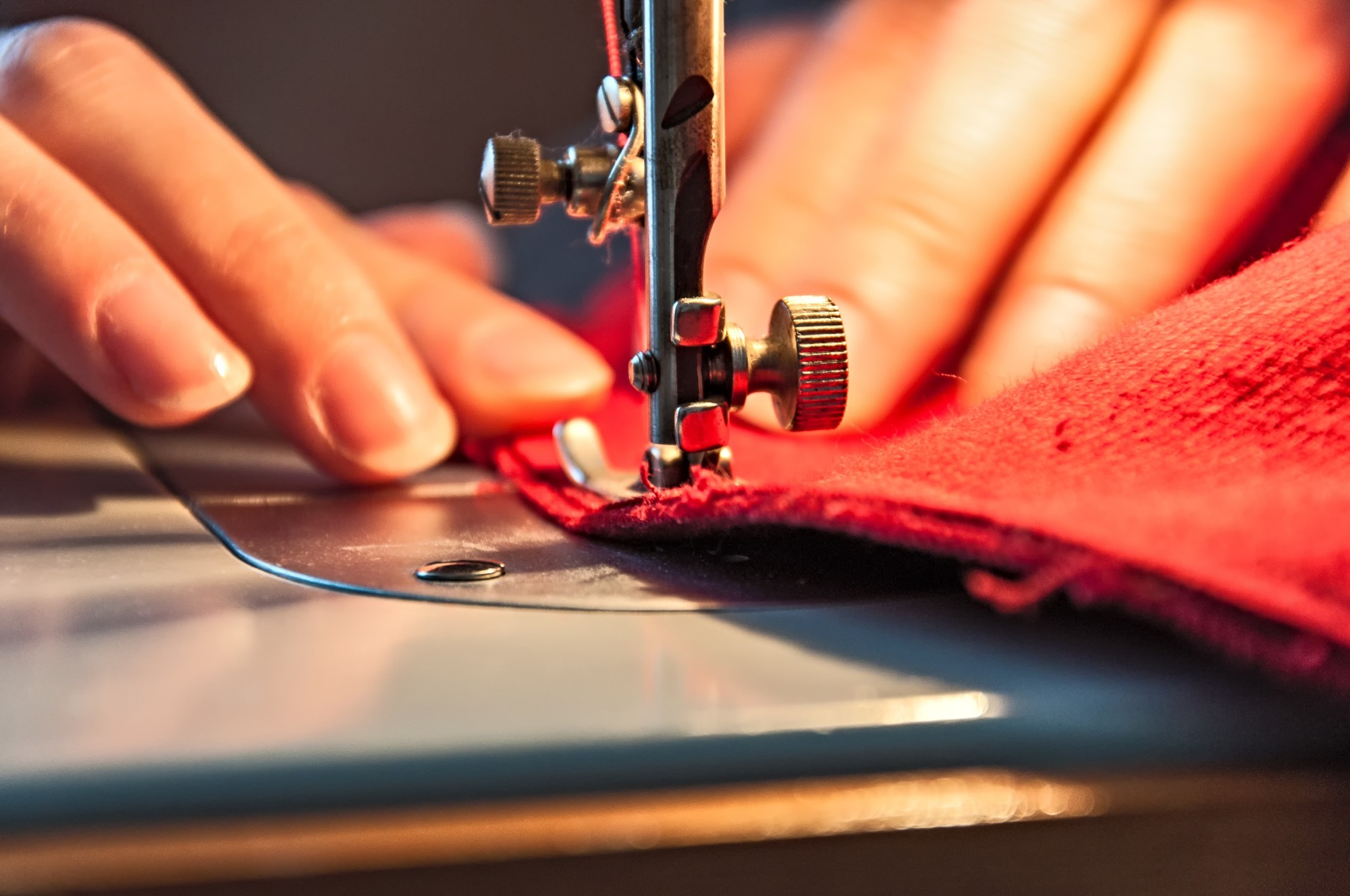Finding a top or a dress with a buttonhole can be tricky if you don’t know where to look. So, you settle on something without and hope you’ll be able to make a buttonhole with your sewing machine later.
Or you buy a dress, pull the fabric aside, and realize it has a hole on the other side. You hold it up to the light and try to see if the light shines through or not, but you still aren’t sure.
Keep reading to learn a simple guide to sewing clothes.
Gather the Right Materials
Before learning how to sew, you should have the right needle and thread. Choose a needle of the right size and a brand of thread that is ideal for your fabric. A thread that is too thin or too thick may result in unsightly stitches.
You will also need scissors, pins, a fabric marker, and an iron and ironing board. For large tears, you may also need patches of the fabric of the same color and material as the garment and fabric glue to hold the patch in place.
You can get your materials at a fabric and quilt shop to get the right materials.
Master the Basics of Sewing
Beginners should invest in a quality sewing machine, along with the appropriate thread, needles, and other materials. Start with a basic project such as a pillowcase or tea towel as practice.
When it comes to clothes with holes, it’s best to opt for fabrics that are durable and easy to work with, such as cotton and denim.
Before getting started, make sure to measure the hole and choose the correct thread color. For small holes, try using a simple running stitch to make the repair.
Plugging Up Holes in the Fabric
It is important to first identify the type of material, as some materials may require special repairs or fabric-based solutions. Next, if needed, a patch may be affixed to the hole with fabric glue or by sewing over the hole.
If a fabric was not available for a patch, then a darning needle and thread can be used to stitch up the hole. Different types of stitches could be used depending on the size of the hole and the preferences of the wearer.
Areas to Take Extra Care With
Areas that need extra attention include the location of the holes, the size and shape of the area around them, the thickness of the fabric, and the strength of the thread.
It is important to start by cutting the fabric using sharp shears to avoid jagged edges that can unravel over time. Stitch slowly and evenly across the edges, keeping the seam outside of the hole. When finished, press the seam flat to ensure it lays flat and won’t warp over time.
Finishing Touches
Inspect the finished seams to make sure there are no loose threads. Press any wrinkles and ensure that the edges of the fabric are even. The right attention to detail can make all the difference in creating a finished look for any clothing article with holes.
Learn About Sewing Clothes Today
Following these sewing tips can easily fix your clothes and give them a fresh look. Start small and practice your skills in sewing clothes to build up confidence. Don’t forget to download our free printable guide for easy reference.
Get started today, and become a pro at repairing your clothes!
Did you find this article helpful? Check out the rest of our blogs!







